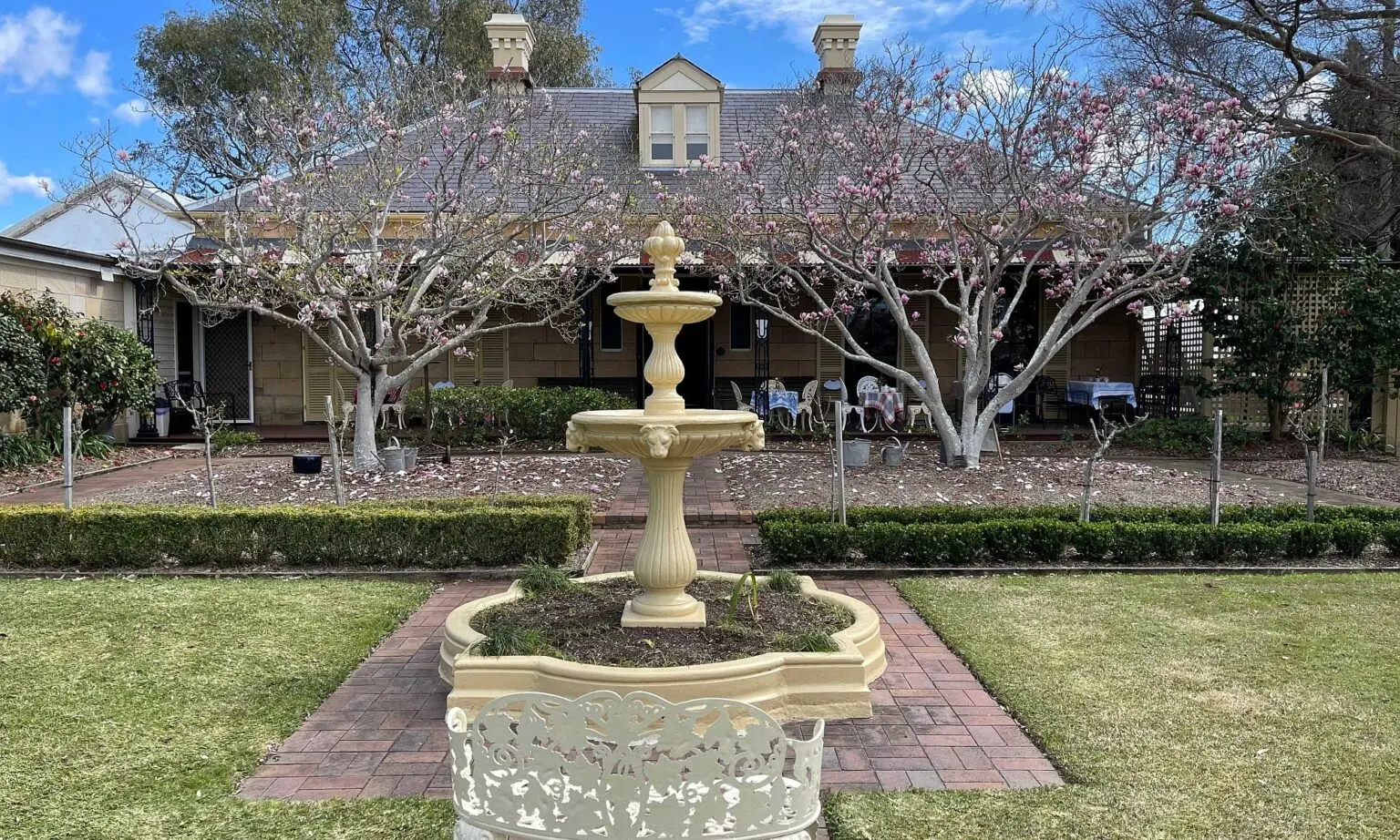Once again it is my pleasure to report to Council and the St. George Historical Society another year of intense activity and sustained public interest at Lydham Hall. During the year 2,030 people visited the home, a decrease on the previous year but one caused almost entirely by a succession of petrol strikes which resulted …
Continue reading “Lydham Hall Local Committee Annual Report for the Year Ended 29th February, 1980”

